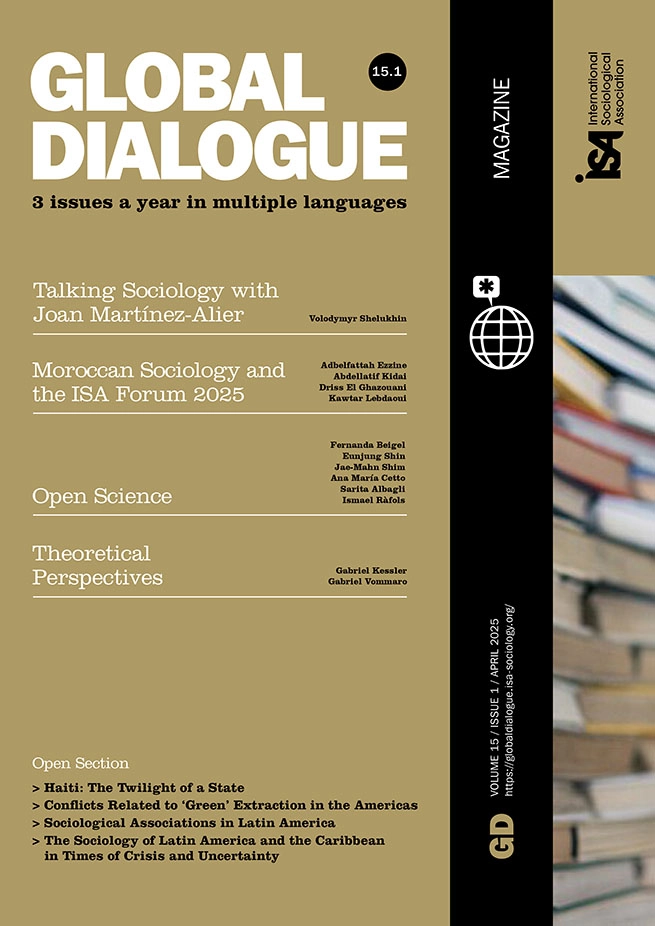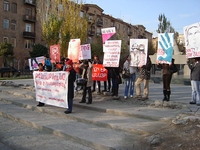History Corner: The Uneven Inclusion of Women

September 30, 2011
A glance at the back end of our new 2010 Directory of Members shows that RC32, Women in Society, is the largest Research Committee, with 291 names. This surely reflects the influence of the women’s movement generally, as well as the important development of intellectual understanding of gender issues to which it has led in sociology. We can trace some simple measures of the quantitative changes this has affected within the ISA.
On the Executive, the first woman was elected only in 1974; in 1978 she became a Vice-President and was joined by two more women members, and three (out of 17 or 18) remained the total until 1986, when it became five; one of them was Margaret Archer as the first (and so far only) female President. By the later 1990s women were seven of the 21 members, one of them a Vice-President; in the 2000s there have been 8-10 women out of the 22 members, with two to four of them Vice-Presidents. Clearly this shows a gradual approach to gender equality of numbers, and the increasing proportion of women in higher education might lead beyond that.
But the patterns shown cannot be treated as specific to the ISA as such; they owe much to the varying social processes across the globe which have led women to enter sociology and to become members of the ISA. The 1976 membership list showed that only 22% of ordinary members were then women, so that their 18% of executive members does not grossly under-represent them, but they were drawn from a limited range of national backgrounds. In the RC executives, we can see that the few women who became involved before 1970 were all either British or from Eastern Europe, which reflects the diversity of national situations at a period when sociology had yet to be institutionalised in many countries.
However, the uneven distribution of members of any social category across different structures within the ISA can have limiting effects. Each RC has one representative on the Research Council, which means that if women (or members of any other subgroup) are concentrated in a small number of RCs they will probably have fewer representatives than if they were spread thinly over a larger number. Similarly, women drawn heavily from a few nationalities will be under-represented where each nationality has one representative.
Most of the members of RC32 have been female. Of the names in 2010 where I can identify gender, only ten are those of men, who are heavily outnumbered. The gender balance looks rather different in the other particularly large current group, RC16 on Sociological Theory (257 members). Such variations in the characteristics of sociologists choosing different fields, and their relation to their subject matter, merit more historical study of their intellectual consequences than they have yet received, especially in fields other than gender.
Jennifer Platt, University of Sussex, UK, and ISA Vice-President for Publications 2010-2014












